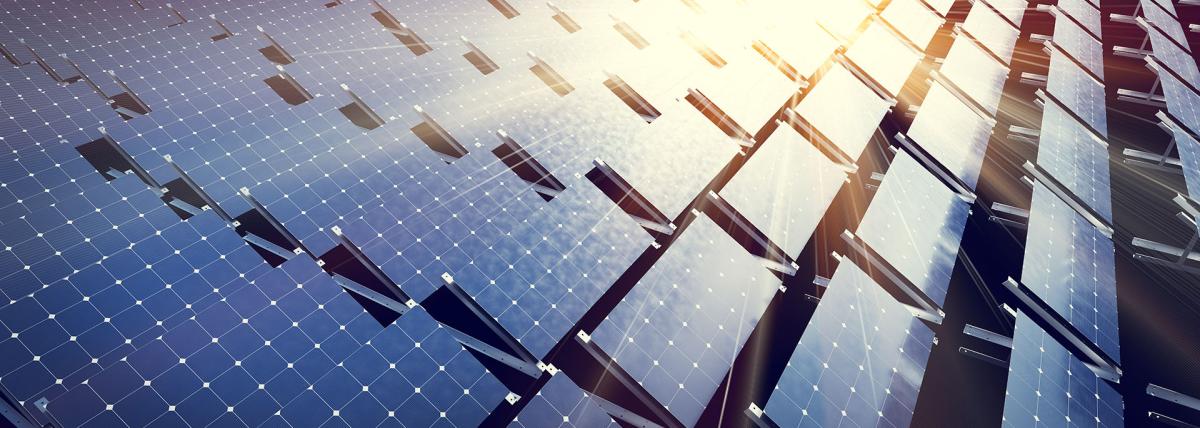
Grades:
11th Grade, 12th Grade
Students discover how the physics of waves and sound connect to real-world biomedical challenges. Through hands-on simulations, spectrogram analysis, and a design challenge, they explore how engineers





